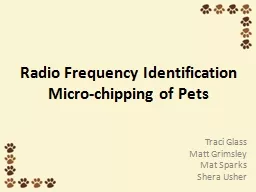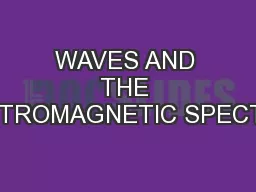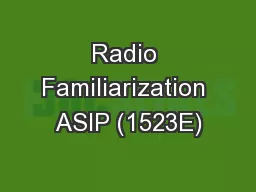PPT-Radio Frequency Identification
Author : debby-jeon | Published Date : 2016-05-30
Microchipping of Pets Traci Glass Matt Grimsley Mat Sparks Shera Usher Introduction RFID Radio Frequency Identification Today used mainly for tracking lost pets
Presentation Embed Code
Download Presentation
Download Presentation The PPT/PDF document "Radio Frequency Identification" is the property of its rightful owner. Permission is granted to download and print the materials on this website for personal, non-commercial use only, and to display it on your personal computer provided you do not modify the materials and that you retain all copyright notices contained in the materials. By downloading content from our website, you accept the terms of this agreement.
Radio Frequency Identification: Transcript
Download Rules Of Document
"Radio Frequency Identification"The content belongs to its owner. You may download and print it for personal use, without modification, and keep all copyright notices. By downloading, you agree to these terms.
Related Documents














